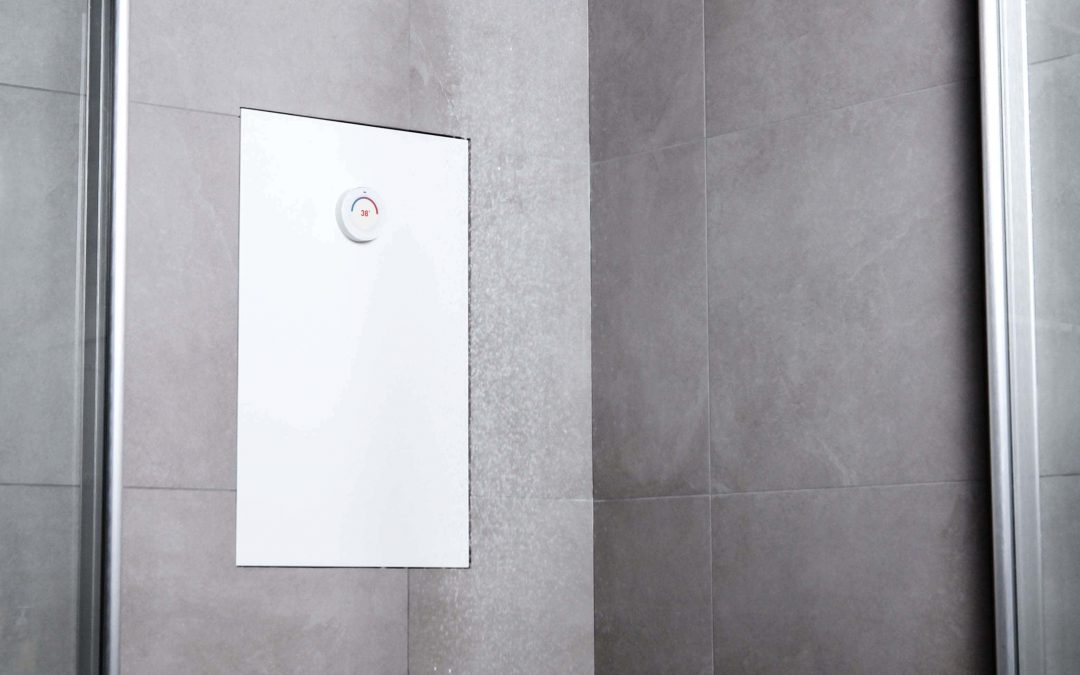
by William | Oct 7, 2020 | Healthy Living, Net Zero, Small Footprint
Given that William and I want to rely totally on our rainwater pillow for all of our potable and non-potable water needs, we need to seriously consider ways to cut down on our water consumption. A composting toilet is a great way to start. With a standard Clivus Multrum composting toilet, zero water is needed when we contribute our human waste as fertilizer. But beyond the toilet?
Up until now, we had no idea how we were going to cut our water usage especially in the realm of cleaning ourselves. We tossed around the ideas of sponge baths with a limited amount of water that we are allowed to use to rinse ourselves. Or, the push button showers that give you only 30 second intervals of lukewarm water. Maybe even the ol’ “it takes two to take a shower” as one person pours a bottle of water on the other person as they scrub shampoo into their scalp. And, if the water is cold, that would certainly speed up the showering process and limit the water usage…I probably used a grand total of one liter of water (4 cups) to shower when I was in Russia and the water we could get came straight from the frigid Volga river. None of these methods of self-cleaning are new, and have all been done before!
However, I can’t really say that I enjoyed my showering methods while in Volgograd…potential hypothermia and sudden heart failure are not things to look forward to during your routine self-cleaning. So, William began his typical determined search for solutions. And, as can be expected when he sets his sights on something, he found one! Dear readers, welcome to the Orbital Shower, the first recirculating shower (that we know of…) on the market!
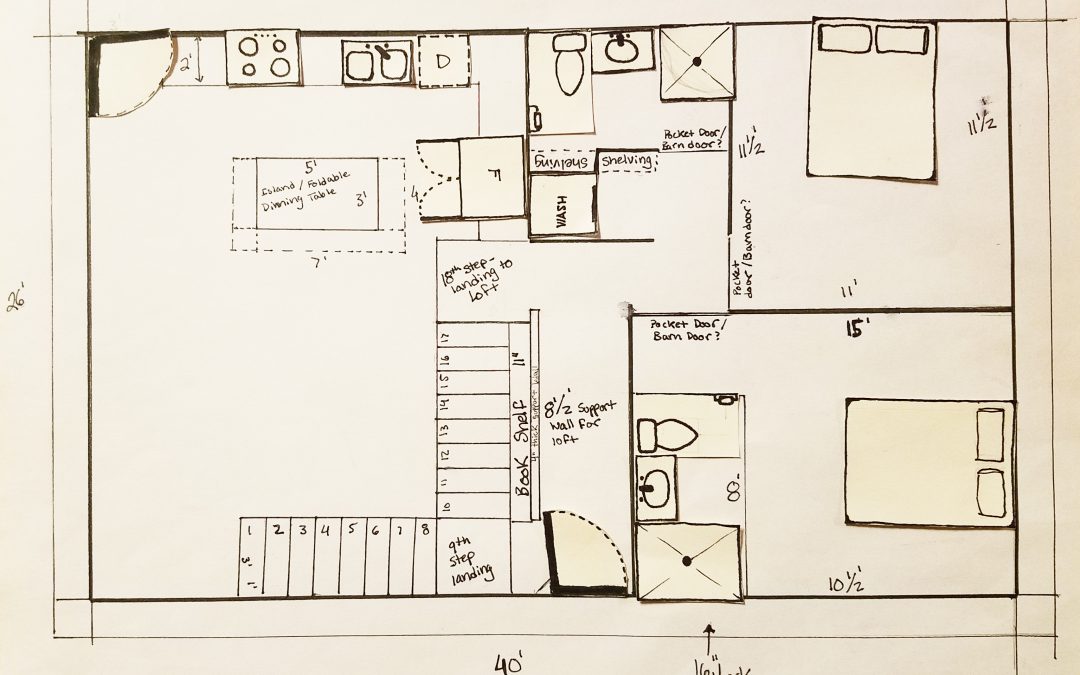
by William | Sep 23, 2020 | Healthy Living, Small Footprint
Dear Readers,
Just in case William and I’s children are a total disgrace to the family name and are not able to levitate, I remembered the stairs in this second rendition of our floor plans. As you’ll notice, we also added four feet to the length of our home, now bringing our home to be 26’ x 40’ (previously, it was 26’ x 36’). William wanted the home to be just a tad longer so that he could attempt to incorporate the ‘golden ratio’ into the design of our home. I will go over what exactly the golden ratio is in a lil’ bit…
We also made it slightly longer because we wanted to include a bathroom into the master bedroom. When I have to pee, I have to pee…and we realized that one bathroom and an unknown number of children would be an unnecessary hardship I just don’t feel like dealing with.
As you can see in the below image, we rearranged the stacked washer and dryer to go in a nifty nook near the ‘public’ bathroom, rather than being placed at the end of a long, dark, sketchy hallway. After a consultation with my aunt, she gave us the very true, and very helpful advice, that hallways are really a waste of space. Especially long, dark, sketchy hallways which only have a washer and dryer waiting for you at the end. It sounded just too much like a Goosebumps book waiting to happen.
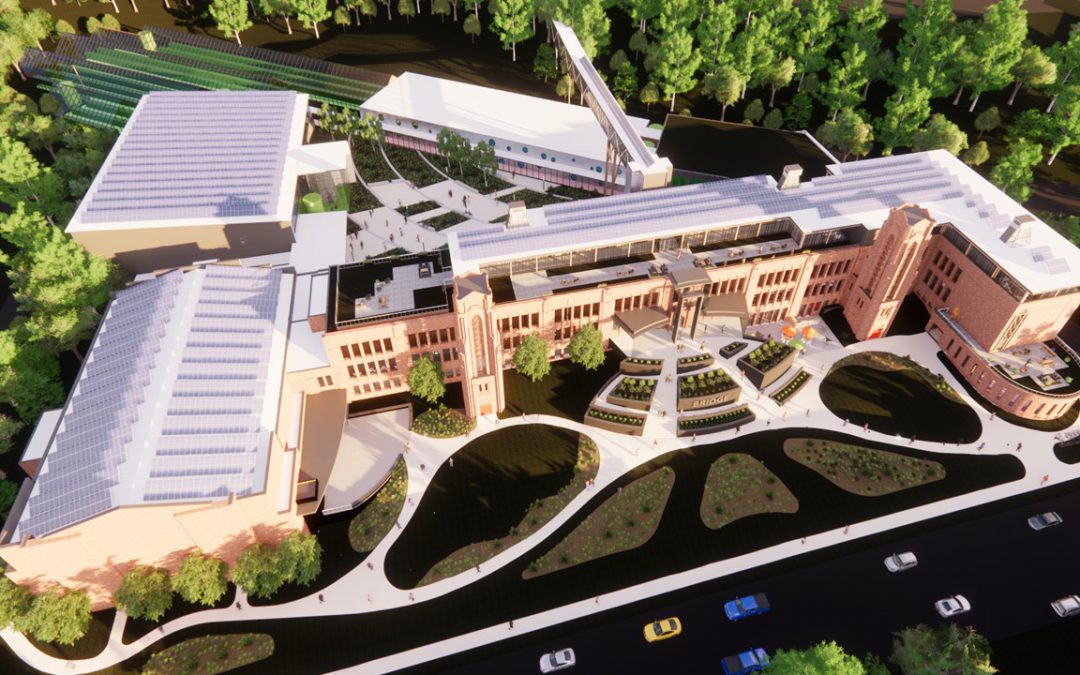
by William | Sep 16, 2020 | Healthy Living, Net Zero, Small Footprint
I think I am honestly in love. And William is right there with me. No, I am not talking about our marriage. It’s still going great, though! Thanks for asking. I am talking about our seventh Home Building Curiosity, The Bridge. The Bridge is highly unique in comparison to the curiosities who preceded it. This building curiosity is also relatively very new, and very local (well, to us at least). The Bridge is currently gathering the funds, resources, and momentum to tackle their first project: renovating the long-abandoned Bishop McDevitt Catholic school in Harrisburg, Pennsylvania into apartments, community development spaces, and educational centers. They want to turn the old school into what they are calling, an ‘eco-village.’
Much like William and I, The Bridge has five main principles that they would like to adhere to. Very unlike us, they are renovating an already standing, old, rather large, structure…a 1930’s, 115,000 square foot building resting on an eight and a half acre property, to be exact. They are also attempting to keep the building as true to its original form as possible, and only modifying the interior. We, on the other hand, are doing a small, new build.
Understandably, the five main principles are therefore different. As you may be well aware at this point, William and I’s five main principles that we want our home to follow are: meet Passive House standards, have prefabrication in mind, be net zero or even net positive, have a small footprint, and provide and enable healthy living. The Bridge’s five main principles are: Work- provide a place on-site (a makerspace, an office…) where entrepreneurs can gather together to share resources, ideas, and create, Eat- closed loop agriculture will be practiced, allowing fresh food to be available to inhabitants year round, Live- apartments will be available for rent, including affordable housing options, Learn- job training, personal development, and tutoring will be made available to inhabitants on-site, Play- arcades, concert venues, gyms, will all be on-site for inhabitants. Because this is a Home Building Curiosity, we believe that it is relevant to present The Bridge according to our five main principles. However, their five main principles will not be neglected, as you can see in the contexts of ‘net zero,’ ‘small footprint,’ and ‘healthy living.’
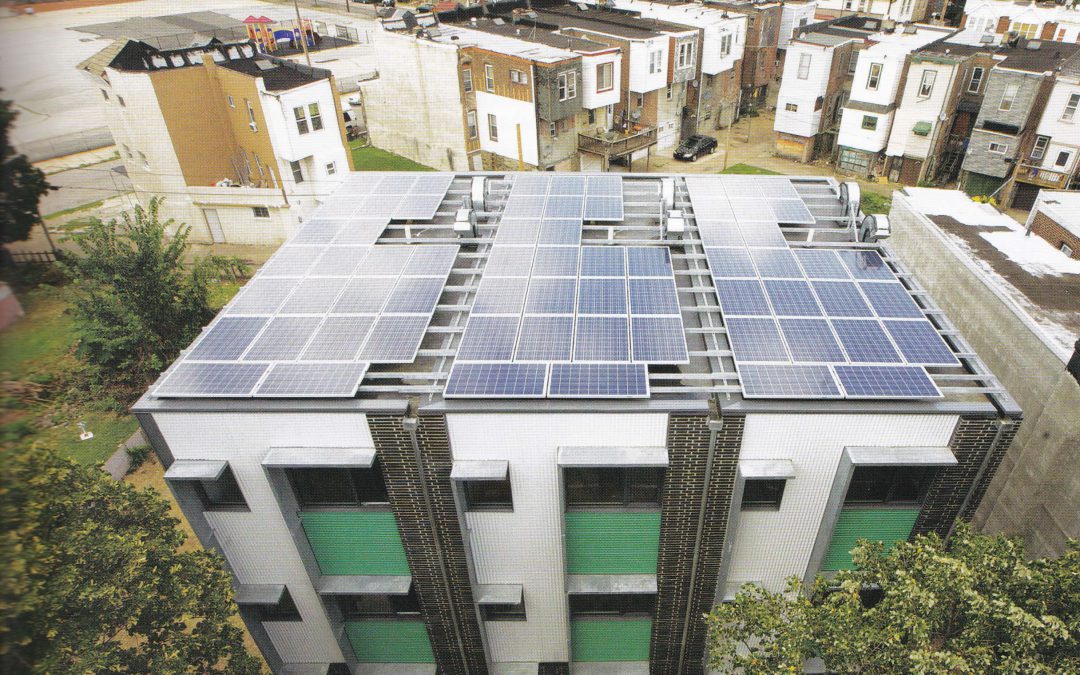
by William | Sep 9, 2020 | Healthy Living, Net Zero, Passive House, Prefabrication, Small Footprint
I swear, Onion Flats does it all. They do architecture. They do development. They do construction. They even do green roofs totally decked out with solar panels. They do all of this with sustainability in mind. They are utterly revamping Philadelphia, Pennsylvania to be a hub for Passive House and Net Zero readiness. Their primary goal is to reduce the operational carbon footprint of their buildings, while also admitting that embodied carbon in buildings will need to be considered if we really want to reach a sense of stable sustainability. And not only do they have a heart for green building and design…but they also have a heart to share it with our low-income, swept-under-the-carpet communities. They are physically building a world where sustainability should not just be “for the rich.”
Their completed project, Belfield, is the primary example I, personally, really want to look at. They have other incredible projects in Philadelphia which I strongly encourage you to take the independent, personal initiative to check out! But since I’m the one writing this blog, I am writing about Belfield.
The Belfield Townhomes development was Onion Flats’ first in just about everything. It was their first build from the ground-up, their first certified Passive House (PHI), and it was their first experimental prefab project. Firsts are scary. And they are even scarier when you have a time crunch. In order to qualify for federal funding, they had to design and build the modular Passive House townhomes in five months. Five months.
But the initiative was there. The townhomes were intended for “formerly homeless and low-income families” supported by the Philly non-profit, Raise of Hope. Environmentally friendly, affordable, healthy homes for the homeless…Onion Flats was all in.
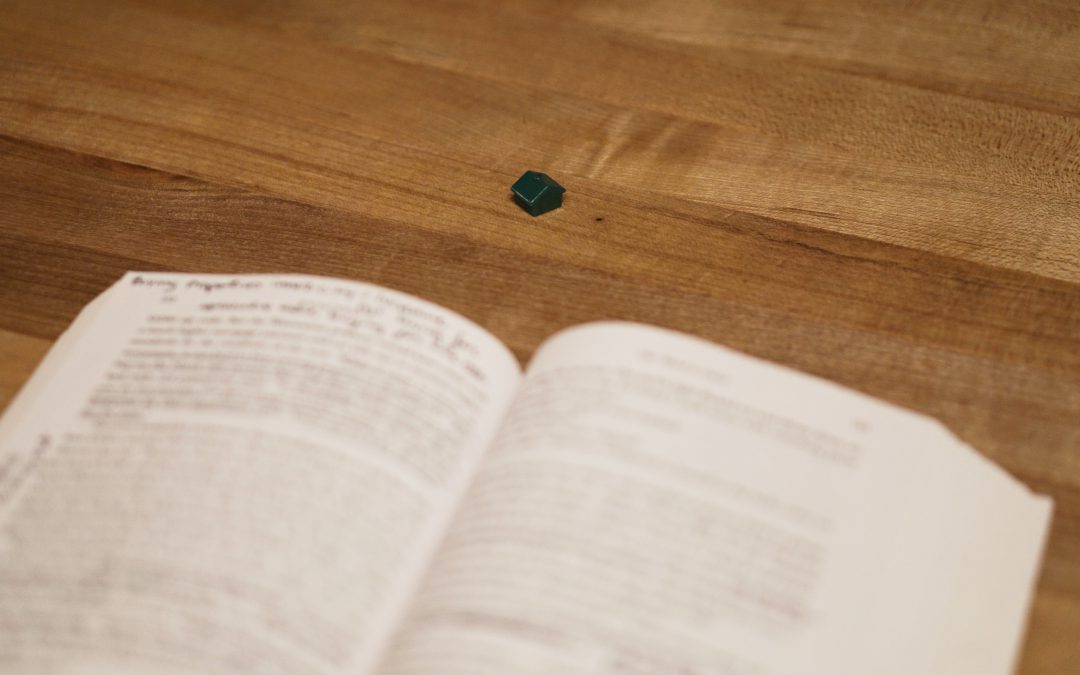
by William | Sep 2, 2020 | Healthy Living
Dear Readers,
Let’s play pretend!
However, there should be a disclaimer that the pretend play we are about to engage in, is not the fun, fantasy, imaginary world you probably conjured up and played in as a kid. This pretend play provides a glimpse of a reality that some of us have been blessed to not have to live. This form of ‘play’ outlines a real-life narrative with a real-life societal structure that pervades eviction and homelessness…and all the ills that are intertwined.
Ready?! (Remember, you had every option to stop reading at this point, and if you make the active choice to continue engagement with this blog, I hold no accountability…okay? Good.)
First, your name is Pam. Not your real name, but for all purposes of protecting the real ‘Pam,’ we are going to say your name is Pam. We are pretending, after all.
Alrighty, Pam…you’re pregnant. Seven months pregnant with your fourth daughter, to be exact. And Pam, you are adorable. You’re “thirty years old…with a midwestern twang and a face cut from a high school yearbook photo.” Your landlord decides to exploit your adorableness, and asks you to speak to reporters who keep showing up at your trailer park.
You see, the park you have been living in for the past two years with your boyfriend and three daughters, is facing the threat of being shut down and all tenants being forced to vacate the premises. Your landlord believes that you may make a “sympathetic case,” and that your cuteness and big baby bump can cover up the fact that the trailer park has had seventy code violations in the past two years, 260 police calls in the past one year, is considered a “haven for drugs, prostitution, and violence”….oh, and only recently had an “unconnected plumbing system” cause “raw sewage to bubble up and spread under ten mobile homes.”
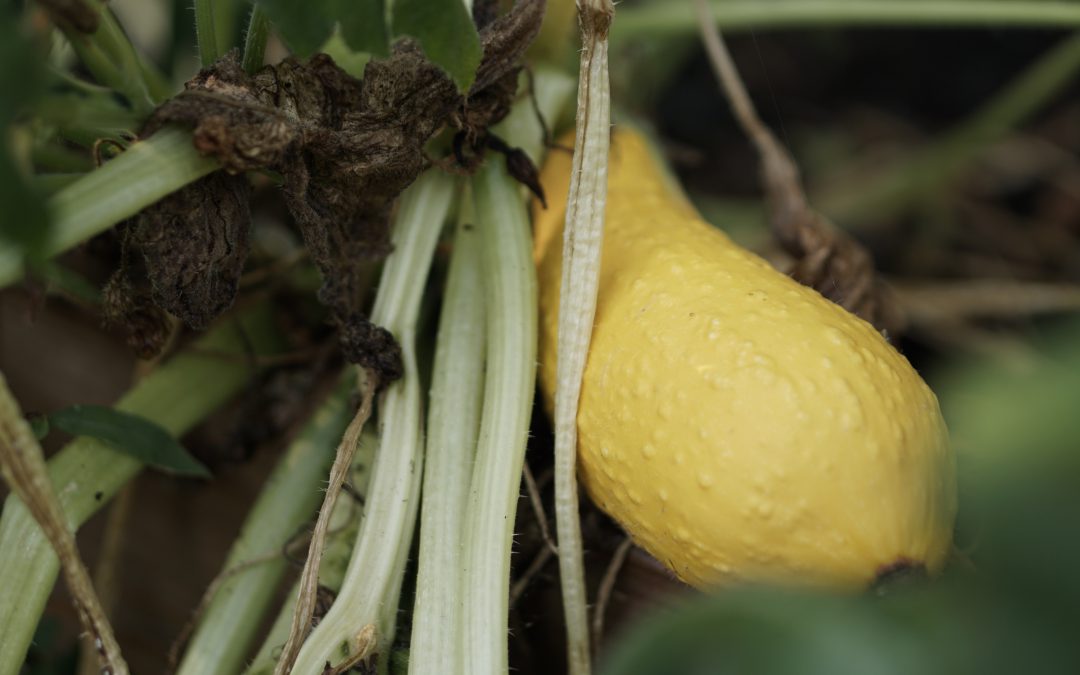
by William | Aug 26, 2020 | Healthy Living
Dear Readers,
[WARNING! Vegetables were unintentionally harmed in the making of this blog. Images may be disturbing to some…]
I wanted to wait to write to you with another gardening update until I had begun some sort of fruitful harvest. But with this year’s intense heat, some crazy cabbage consuming bugs, our poor spatial planning, and my inability to actually water my plants…a truly fruitful harvest will never come.
Instead, I can write (and show…) to you what we learned from our initial endeavor in self-sustainability!






